The dropout state: experts call for urgent reform to turn around Tasmania’s struggling schools
The ‘college system’ may be to blame for shocking levels of education in Australia’s dropout state and needs abolishing, experts say.

Tasmania is the nation’s dropout capital, sits bottom-of-class for literacy and numeracy, and must urgently reimagine its school system to stem an unfolding social and economic disaster, experts warn.
Only 53 per cent of Tasmanians gain Year 12 equivalent, the lowest of any state, while analysis suggests Tasmania lags the nation in students meeting minimum NAPLAN standards for reading, writing and numeracy.
The island’s 15 year-olds meanwhile underperform those in all other states for mathematical and reading literacy.
“Tasmania is in a whirlpool of challenges at the moment and unless we do something about education and do it well, we are in real trouble,” said workforce demographer Lisa Denny.
The failings cannot be fully explained by the state’s higher rates of disadvantage, with Tasmania’s Year 12 attainment rates the lowest of all states across all socio-economic groups.
Nor can the crisis be blamed on under-funding: Tasmania spends more per student than any other state. The underperformance is reflected in the workforce, with Tasmanians having fewer jobs, working fewer hours and producing less per hour than all other Australians. Unemployment is the equal second highest in the country; underemployment the highest.
Independent experts tracking the decline of the state’s educational performance, including Dr Denny and economist Saul Eslake, told The Weekend Australian urgent, far-reaching reform was needed.
Mr Eslake said this must include abolishing the state’s college system, which has seen some high schools end at Year 10, forcing children to move to a separate city-based college to finish Year 11 and 12. Such colleges appear to work well in the centralised, affluent ACT – the only other jurisdiction using them – but lead to high drop-out rates after Year 10 in poorer, decentralised Tasmania.
“(We must) get rid of the college system and create an expectation, a sense of entitlement if you like, that kids finish year 12 where they start year 7,” Mr Eslake said.
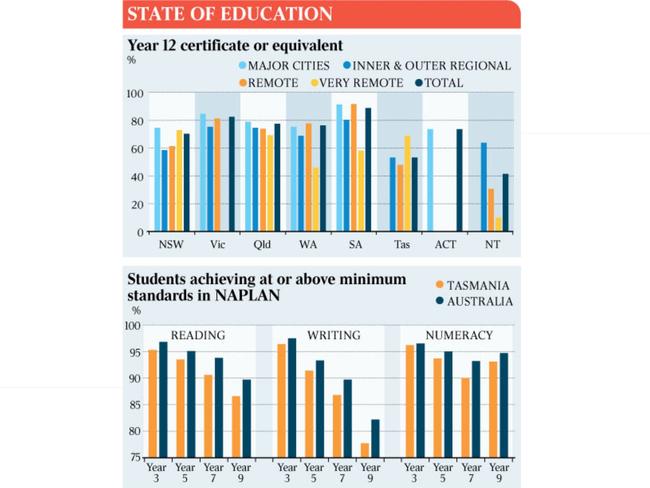
The Liberal government has extended more high schools to year 12 but has stopped short of abolishing colleges.
Dr Denny said the extension process had been “incredibly poorly implemented” and “compromised” by colleges striking deals with high schools to provide some Year 11 and 12 subjects.
“It’s sent mixed messages and has reinforced that you only go to college if you’re going to go to university,” she said.
Mr Eslake said college teachers had become “privileged elite… fighting tooth and nail to defend their privileges”.
He and Dr Denny called for a lowering of the school starting age, which is higher than other states, blaming opposition from childcare providers for this reform being dropped in 2016.
“There is ample evidence that this (later starting age) adversely affects children’s acquisition of foundational literacy and numeracy skills by the time they reach Grade 3,” Mr Eslake said.
Both also called for a faster, more comprehensive and better supported shift towards teaching “structured literacy”, including phonics, rather than what Mr Eslake called “ideological fads” such as “whole learning”.
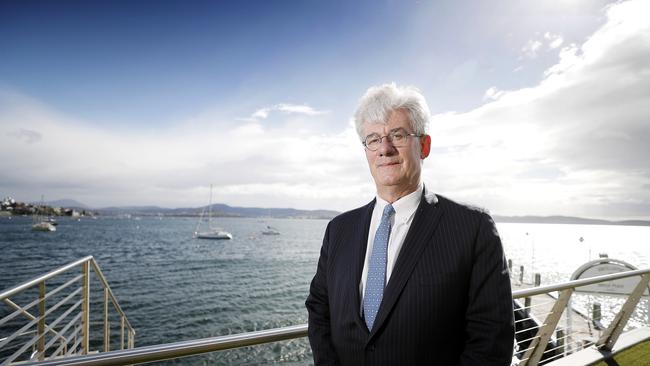
“The government is now trying to change this, but faces major resistance from the education faculty at the University (of Tasmania), from the (Education) Department – and from many existing teachers who were taught in this (whole learning) way,” Mr Eslake said.
Both accused some within the system of using the state’s higher rates of disadvantage and dropout culture as excuses to justify ongoing under-achievement.
In an attempt to head off a sweeping parliamentary inquiry into education failings, the Liberal minority state government recently announced its own review.
However, there are fears it will be not be sufficiently independent, broad or resourced to deliver the reform needed and to tackle vested interests. “The department, the Education Faculty at UTAS, and the Australian Education Union – dominated by the college teachers – are all major obstacles to change,” Mr Eslake said.
AEU Tasmanian president David Genford rejected the criticism of colleges and their teachers, saying the specialist Year 11 and 12 institutions were a means of providing greater subject choice in a state with a small population.
Mr Genford said while extending rural high schools to Year 12 might reduce the number of children dropping out after Year 10, there was no such need for city-based schools.
He rejected comparisons with other states, given what he said were significant differences between what constituted Year 12 equivalent in different states.
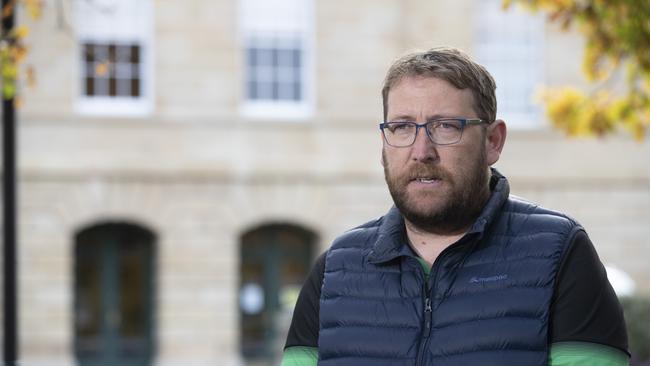
Dr Denny said struggling students were not kept back but were not sufficiently helped to catch up. “So the further they progress through their schooling, they just get further and further behind,” she said.
“When you have 42 per cent of Year nines not able to read at the level expected they are hardly going to go on to successfully complete Years 11 and 12.”
Mr Eslake and Dr Denny called for the inquiry to be expanded from one to two or three panel members, consult outside the education establishment for terms of reference, and have a secretariat independent of the department.
A government spokeswoman said it had “delivered significant change in the education system over the past 10 years”. “These changes include extending high schools to years 11 and 12, changing the law to ensure young people stay in education or training until they finish Year 12, attain a Certificate 3, or reach the age of 18, and providing more pathways, such as VET and apprenticeships,” the spokeswoman said.
“This investment is paying off, with 80 per cent of 15-19 years old in formal education or training, which is in line with the national average.”
The review would be “transparent and independent”.
UTAS said it was “deeply committed to ... improving educational attainment and evolving what we do in line with research-informed best practice and the needs of our community”.


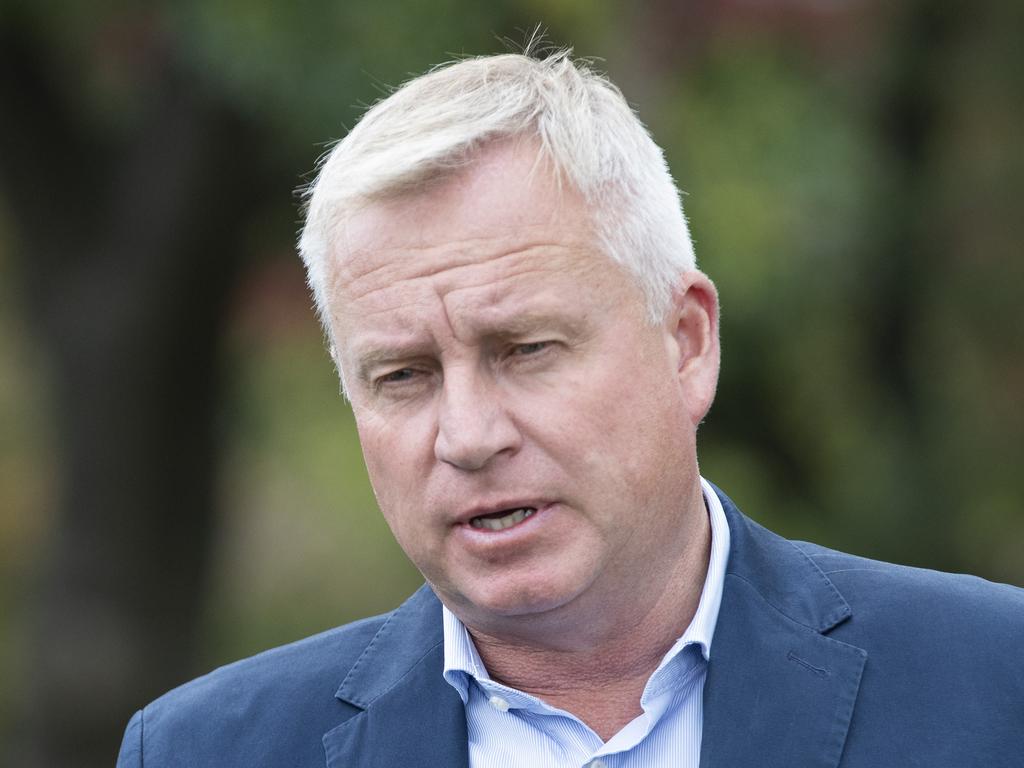
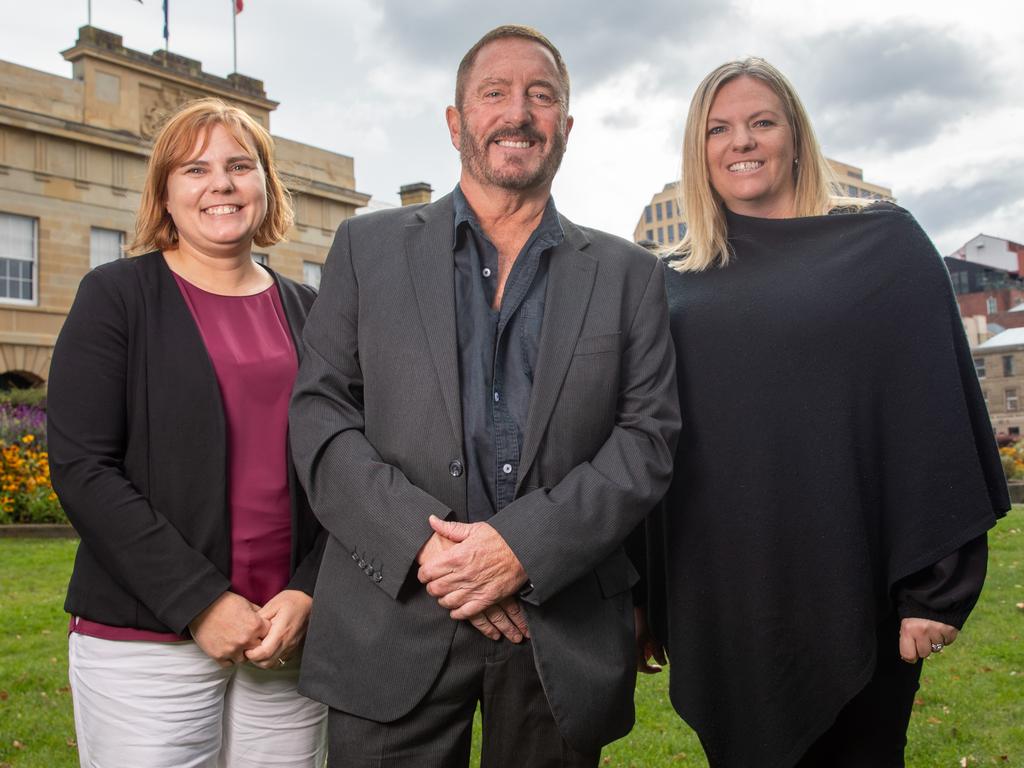
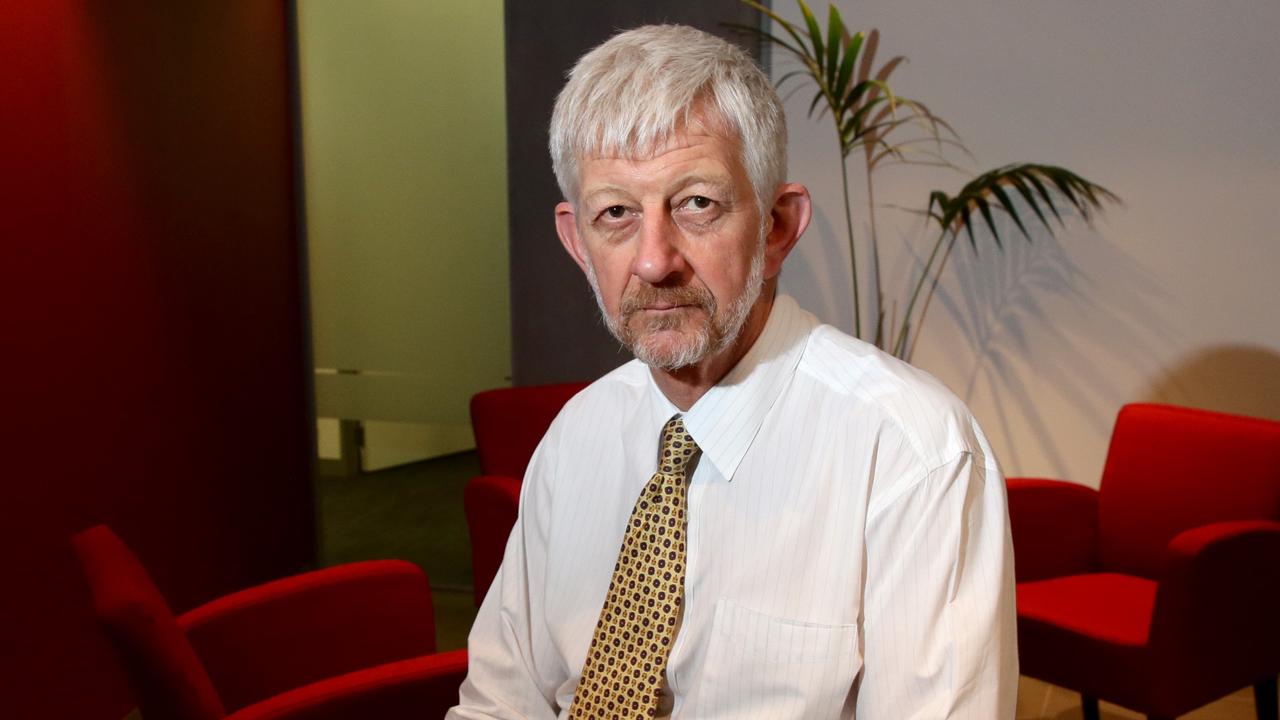
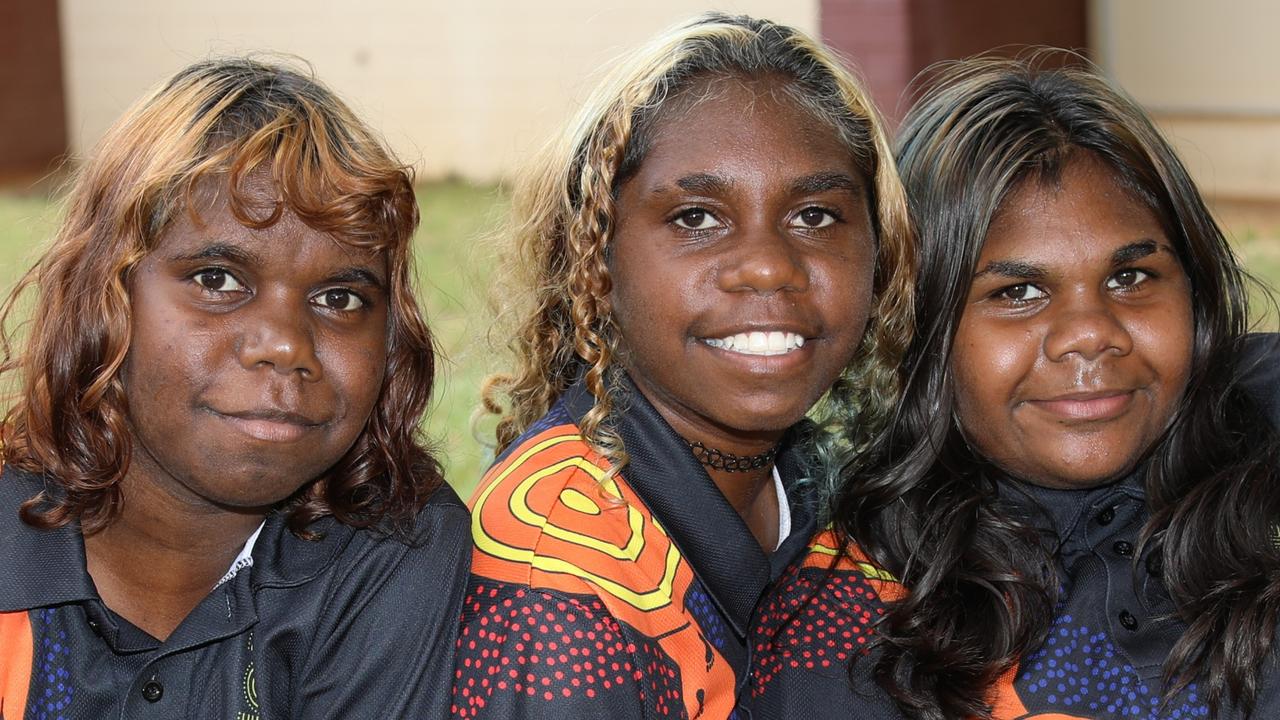
To join the conversation, please log in. Don't have an account? Register
Join the conversation, you are commenting as Logout